Day 24 - A Rest Day and Walking Through History In Hirado, The Kyushu 108 Temple Pilgrimage, Japan


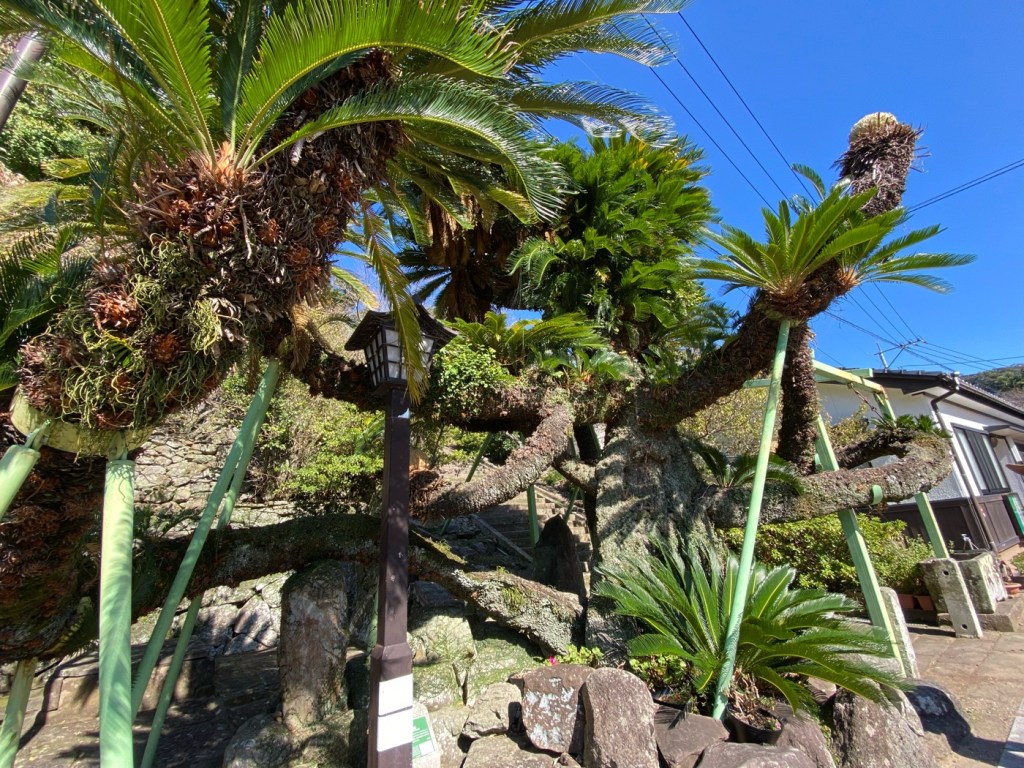







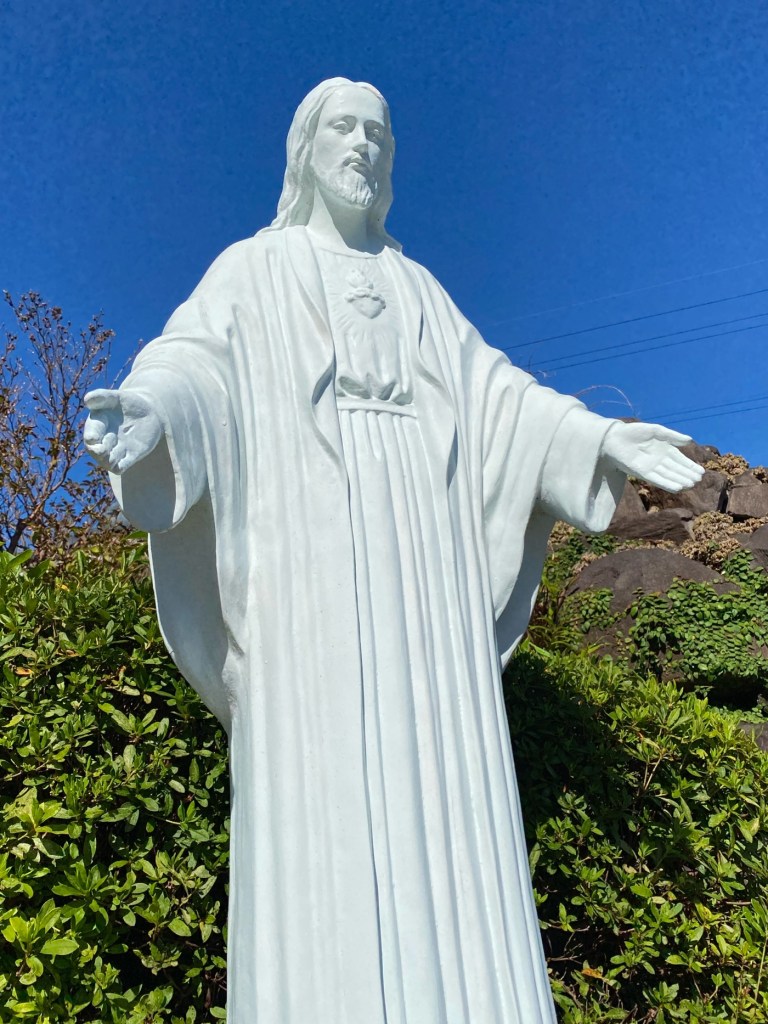
















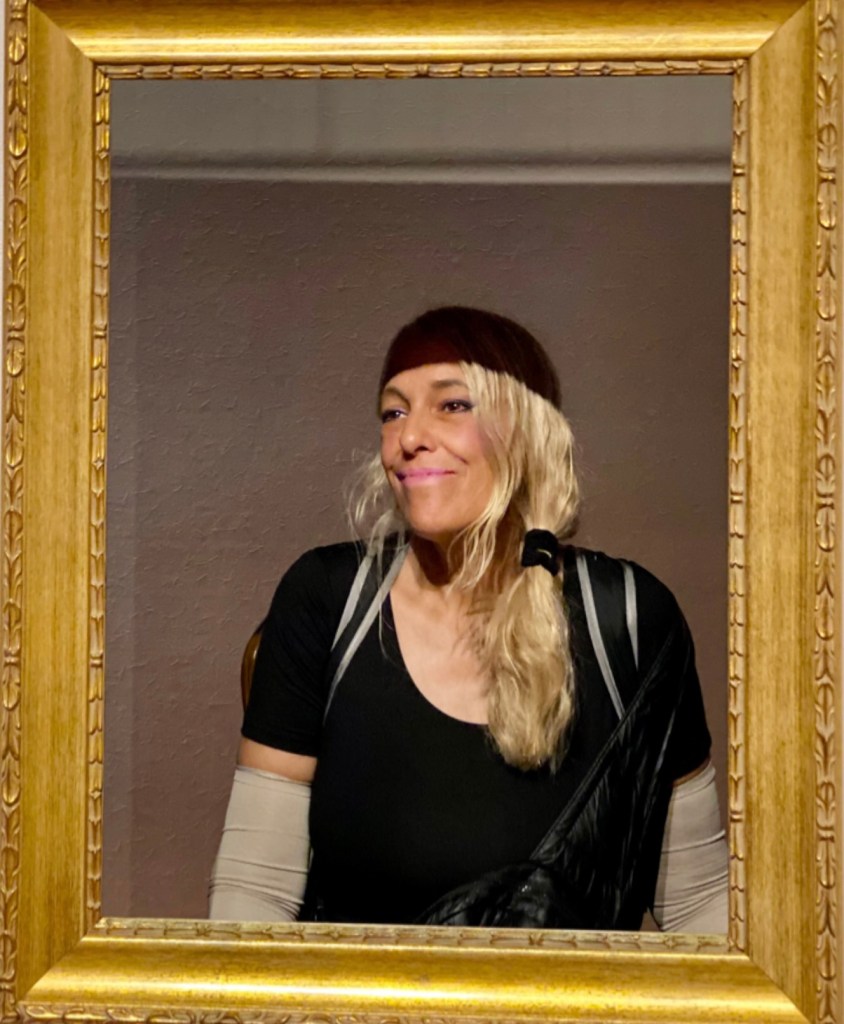
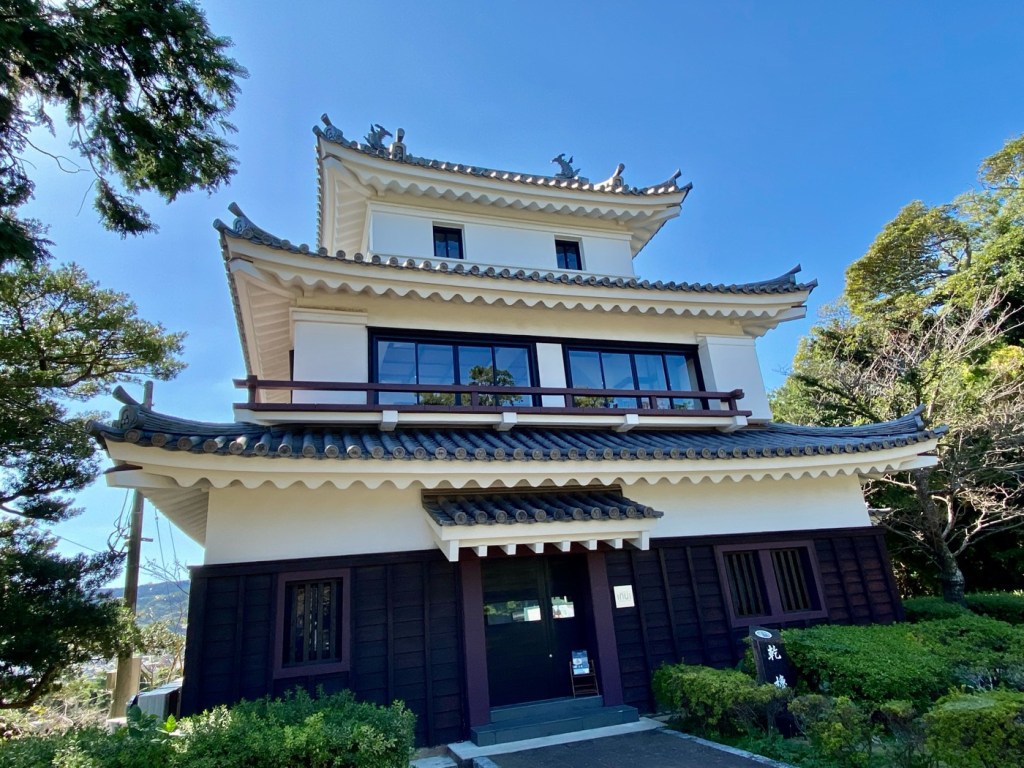

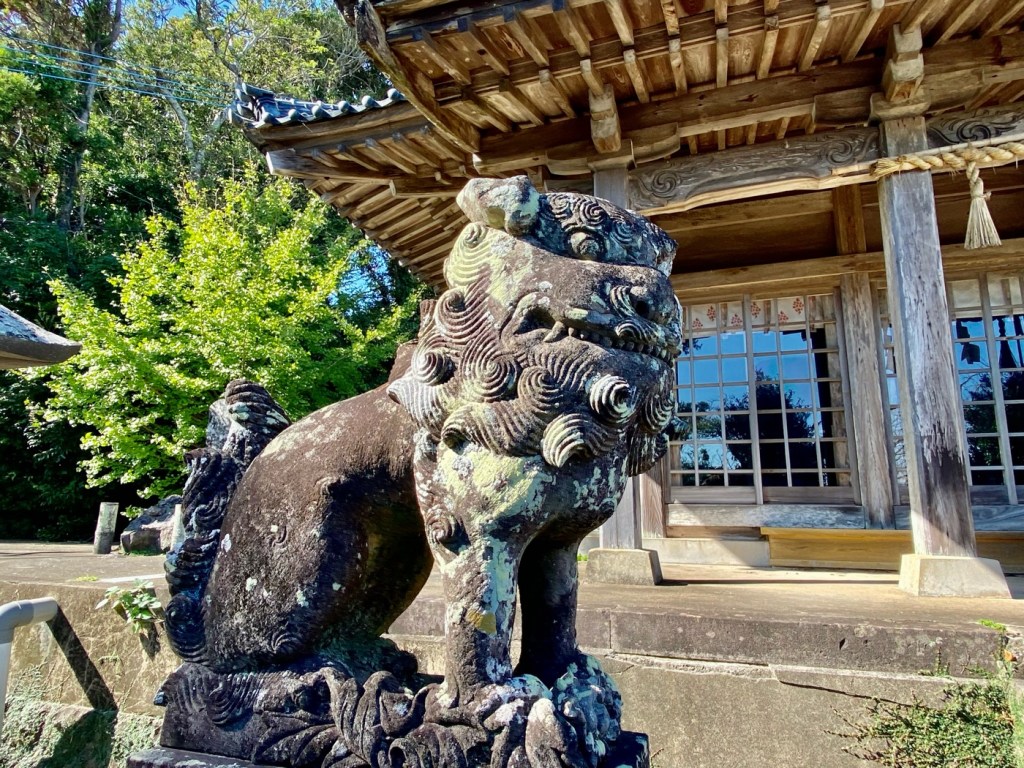




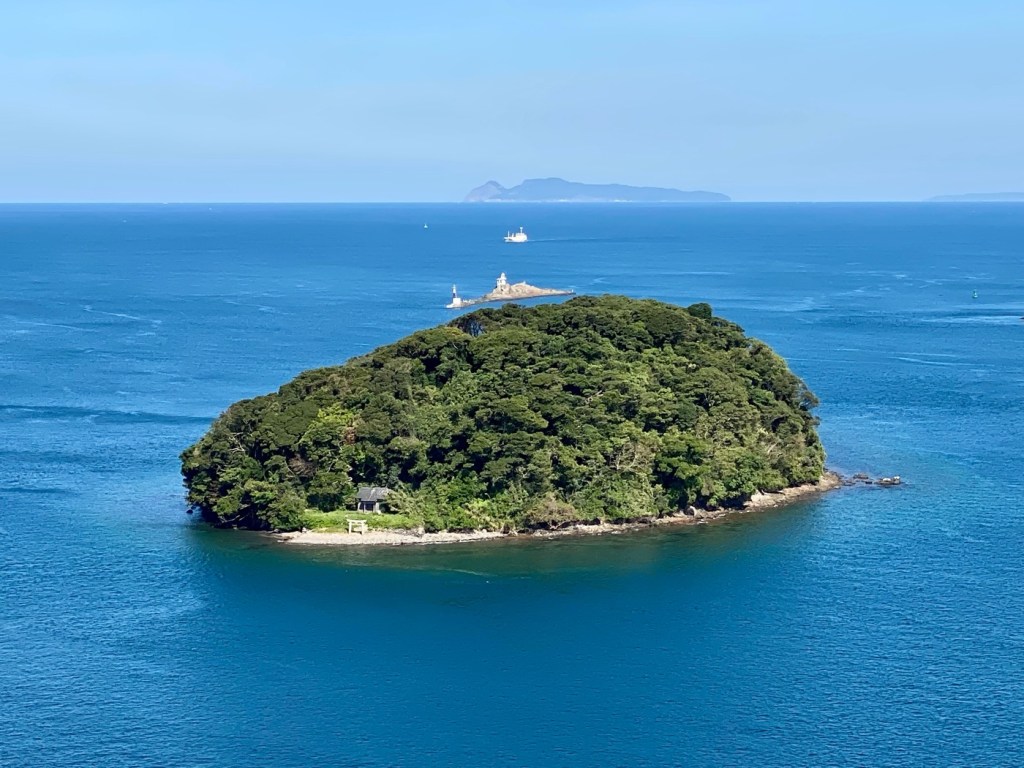




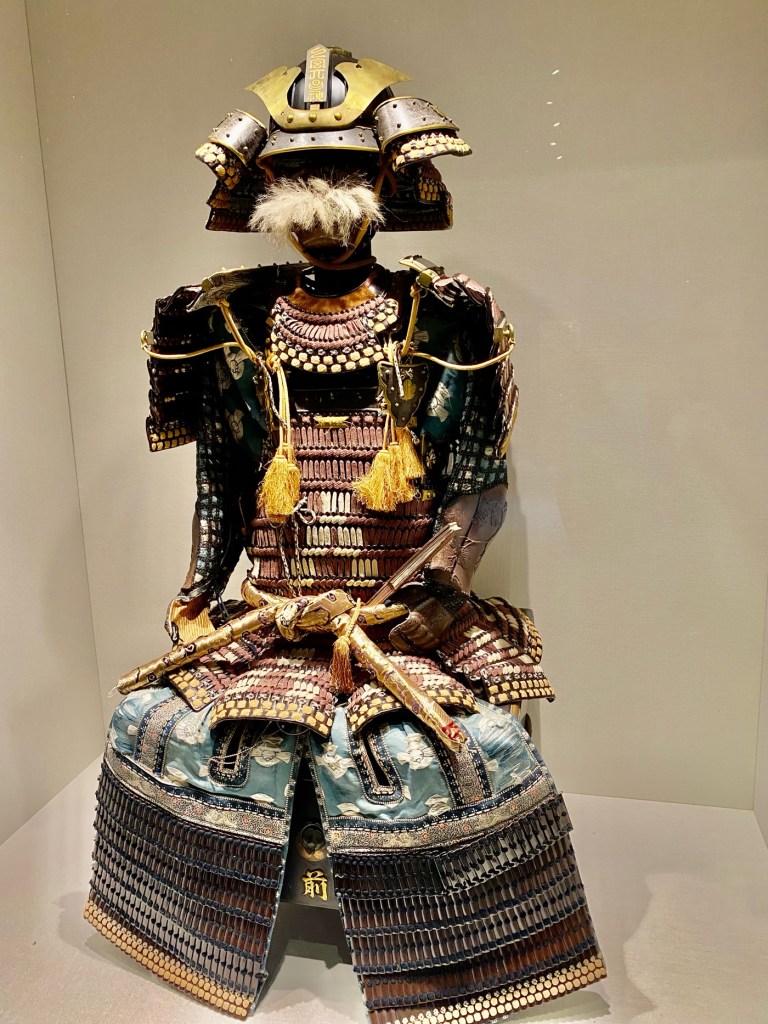



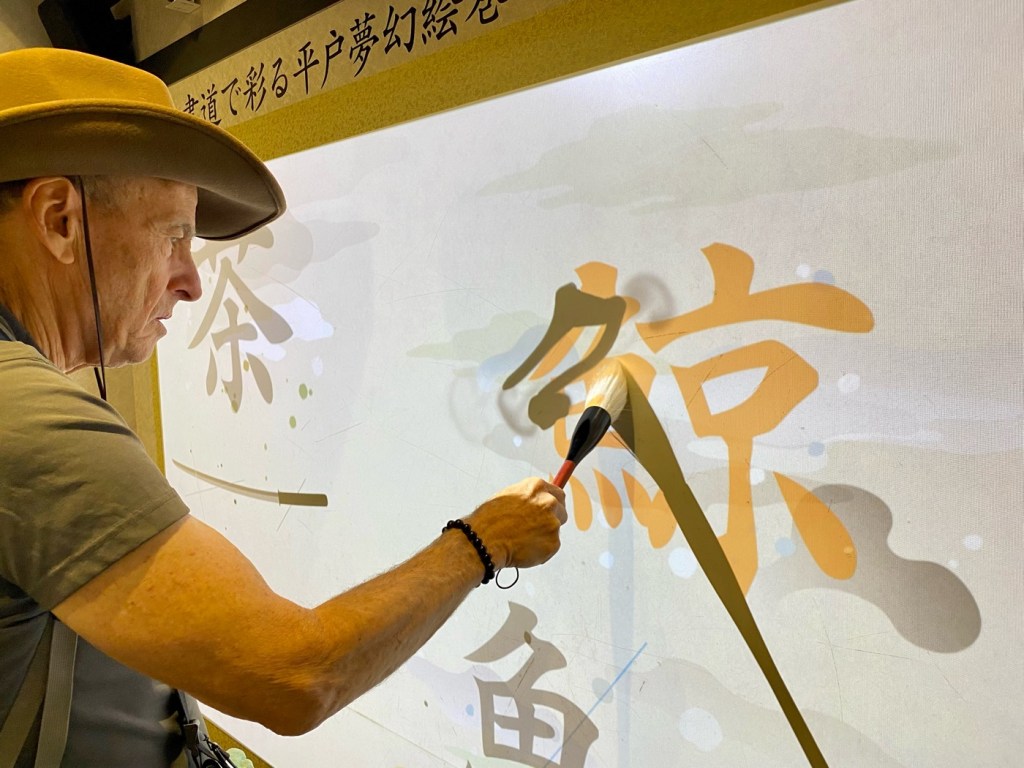









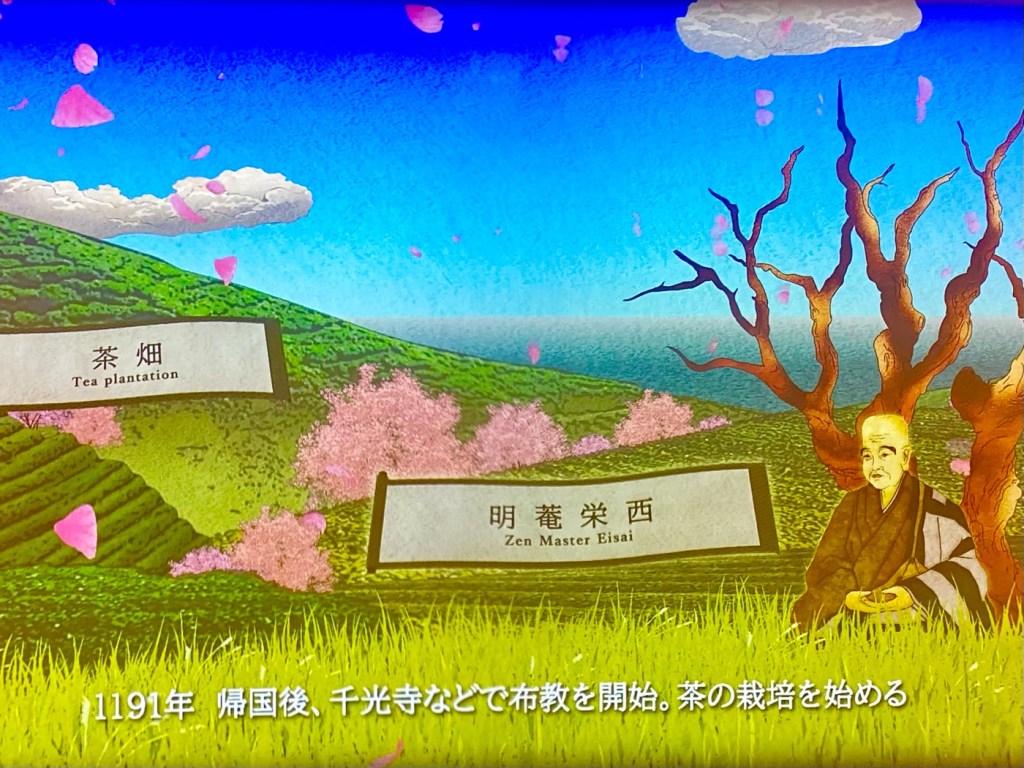










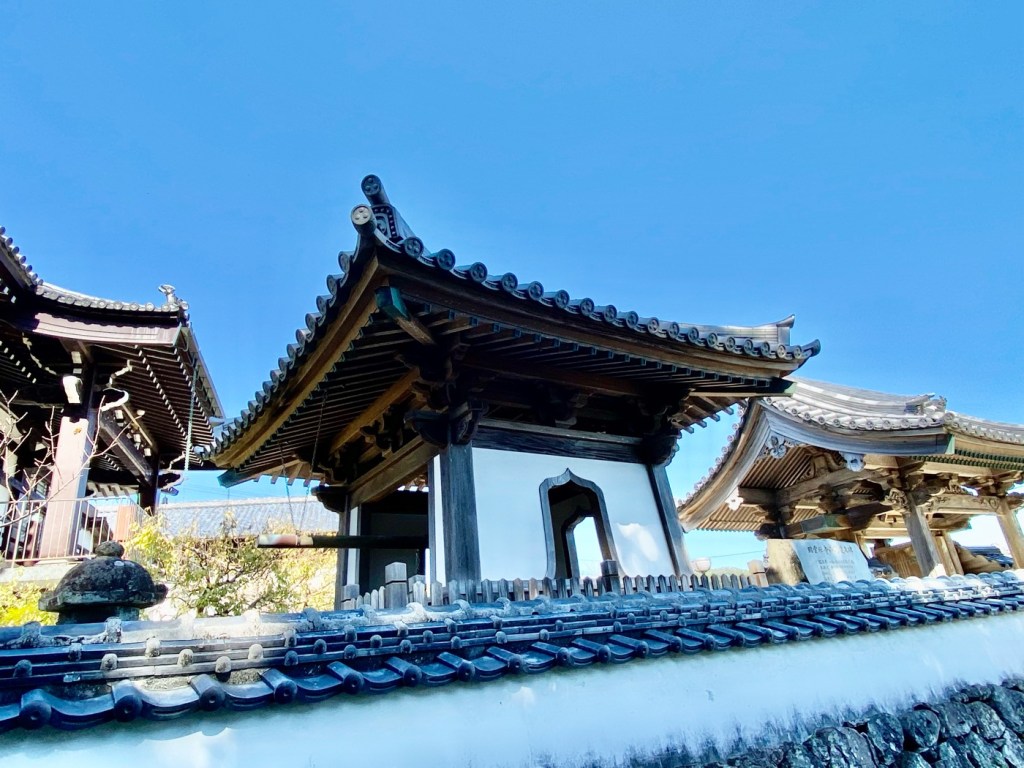




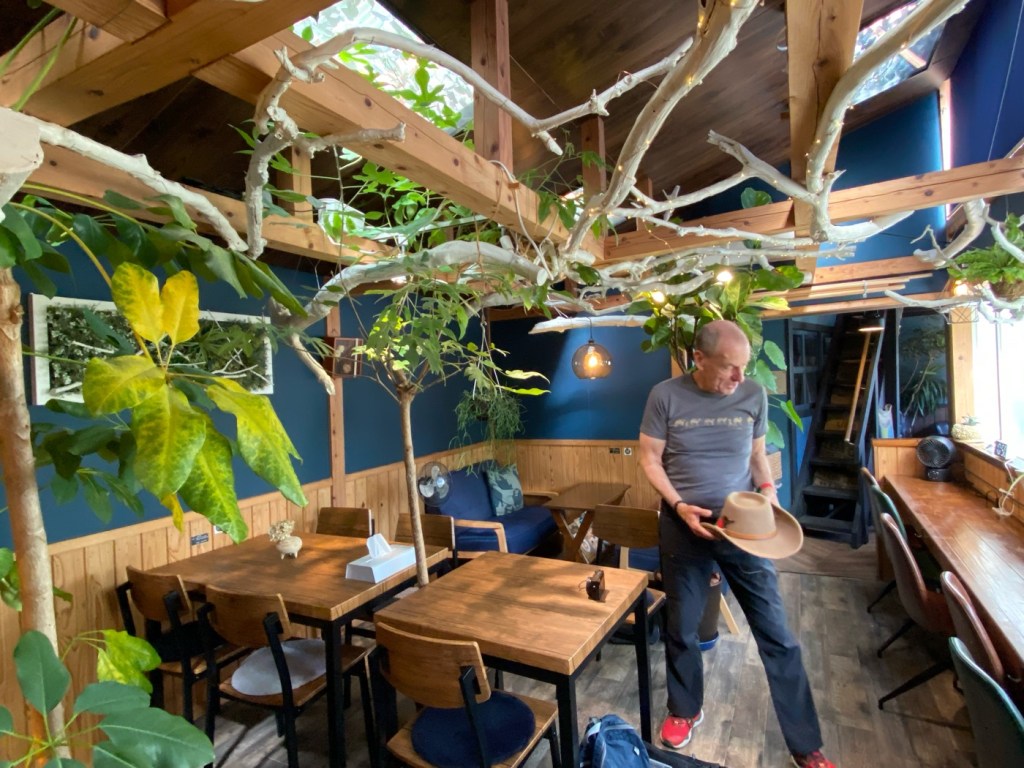
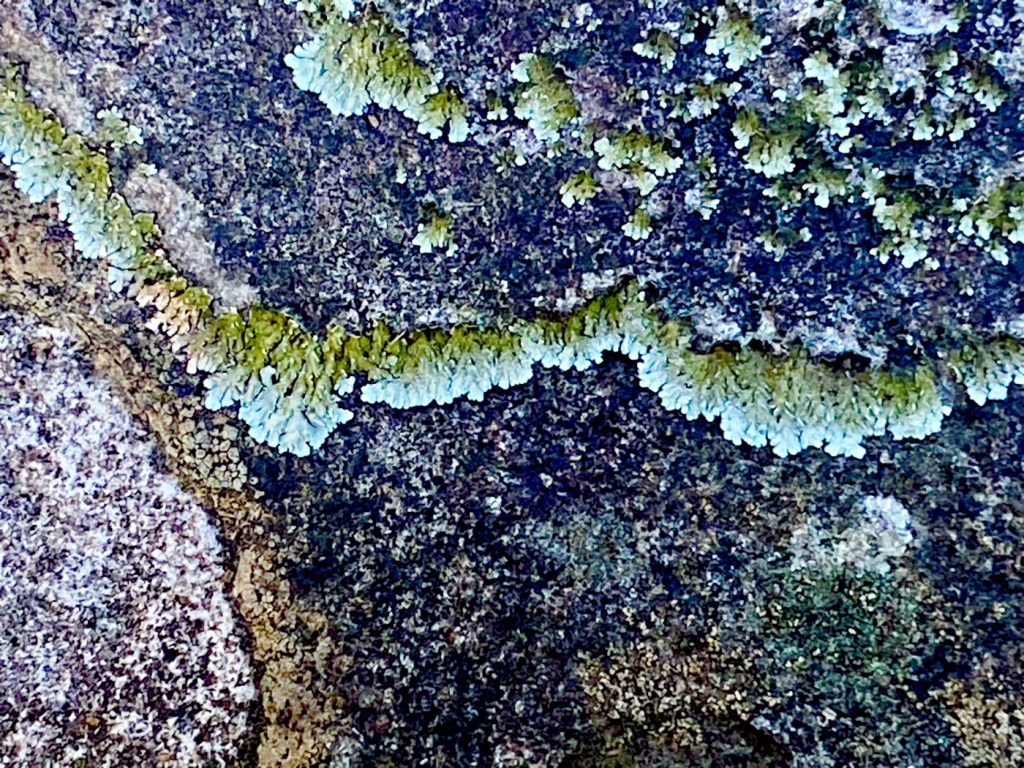
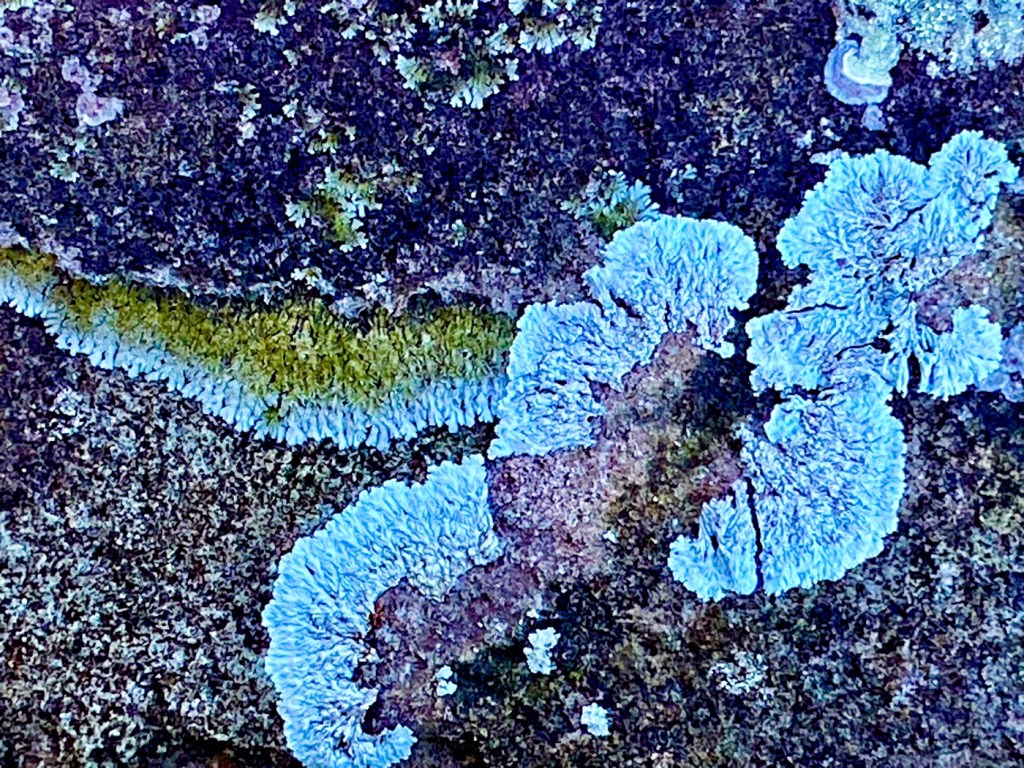



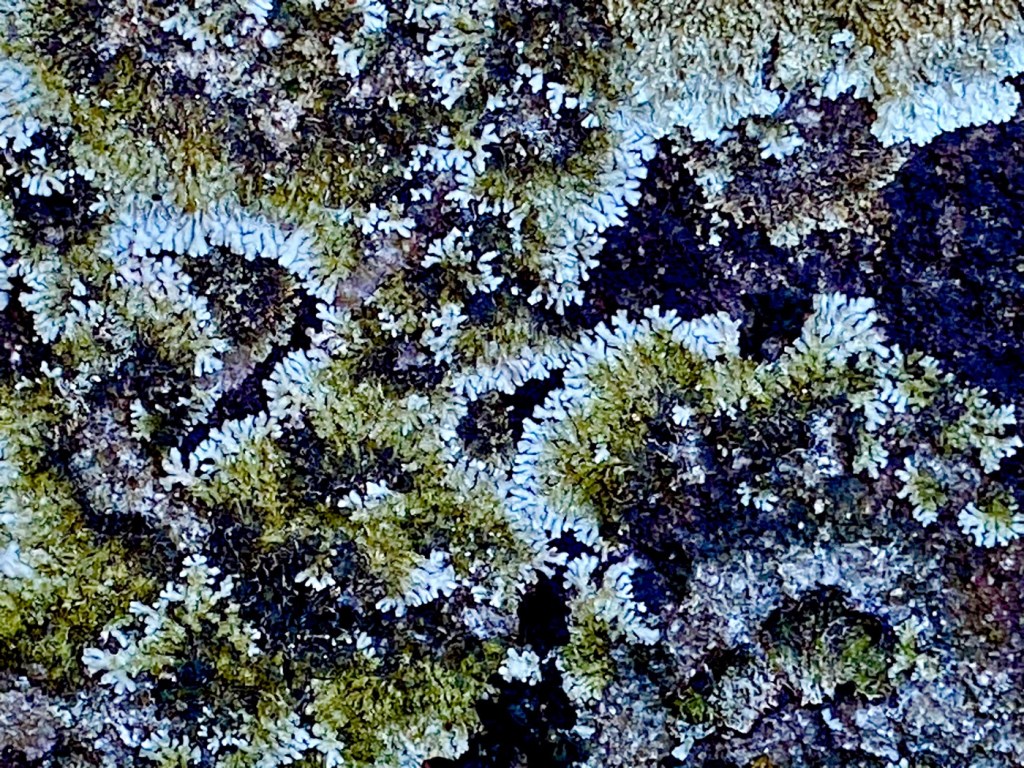



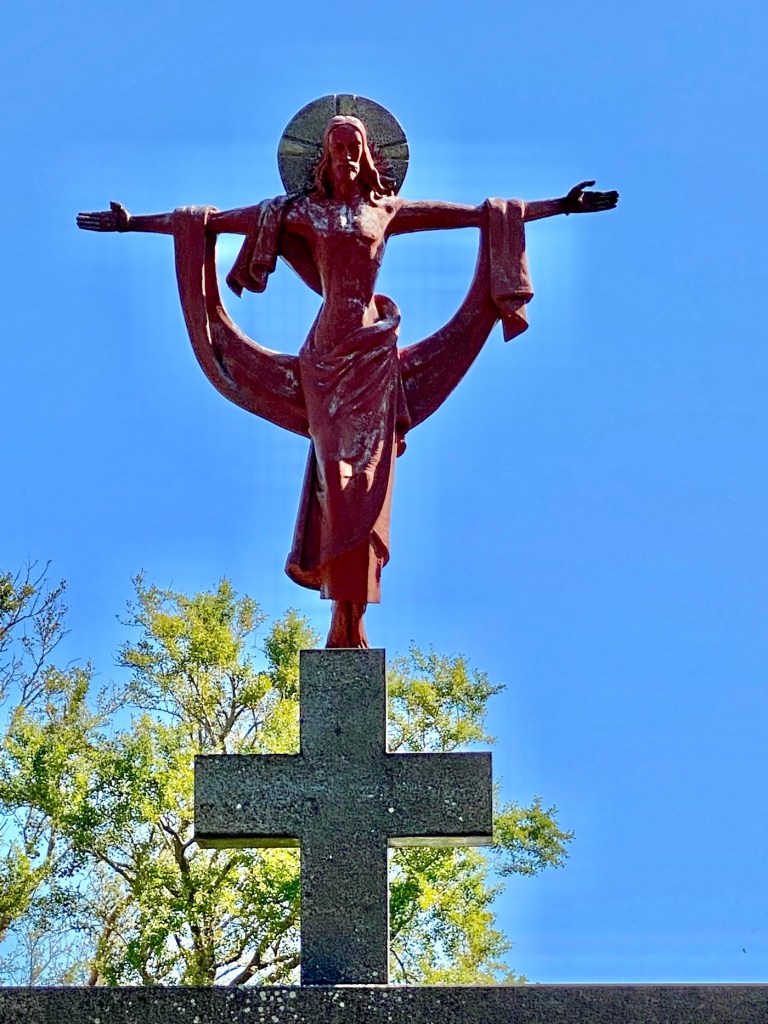

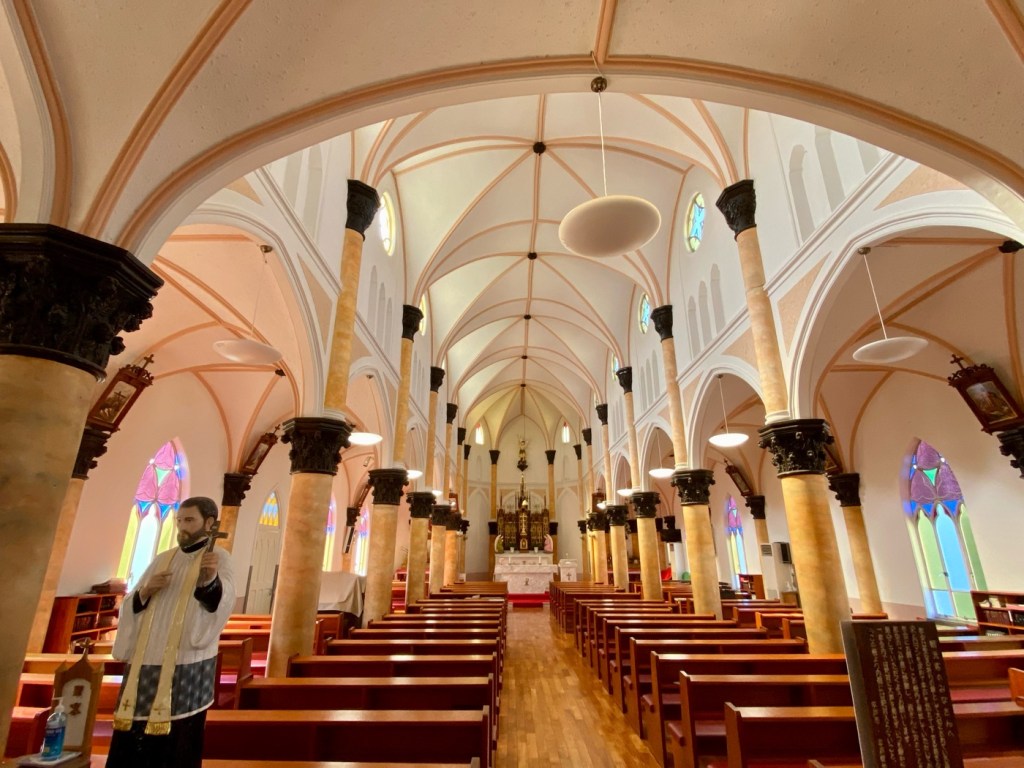


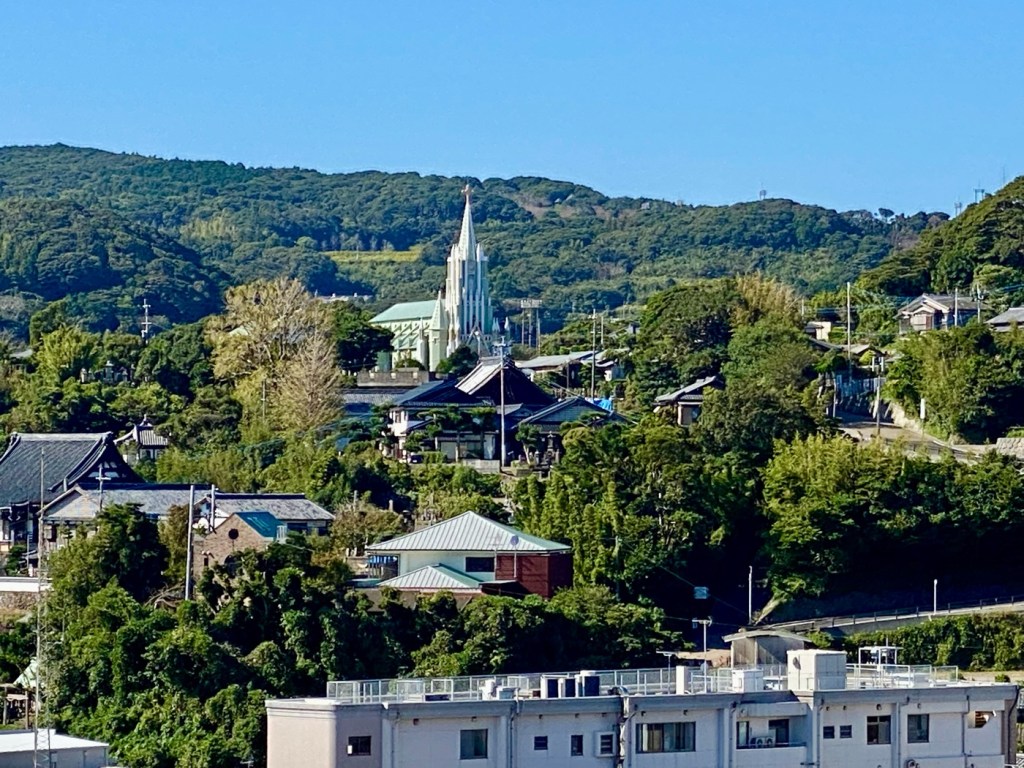
Hirado is situated on the northwestern tip of Nagasaki Prefecture.
It is Japan's westernmost tip of land with the exception of the outlying islands.
It used to be a port of call for Japanese envoys to China during the Tang Dynasty.
The Port of Hirado was a major hub for boat traffic for a long time.
While Japan was still closed to all foreign vessels, Hirado welcomed the European traders and began to profitably trade with them.
The first Portuguese ship arrived in 1550, followed by the Dutch, who arrived in 1609.
The Dutch Trading Post opened in Hirado that same year.
The British trading post was built in 1613.
Although international trade was later suspended under Japan's isolationist foreign policy, Hirado continued to flourish as a castle town.
Buildings, temples and other sites of historic interest remain to this day, in addition to a diverse natural environment including mountains, beaches and rock formations.
Today was devoted to visiting the sights of Hirado and learning about the history of the place.
We walked around the streets to see the old stone walls built by the Dutch, and climbed many steps on the steep cobblestone streets.
The Portuguese Catholic Church of Hirado, run by Francis Xavier, was completed in 1931.
Several Gothic elements have been incorporated into its architecture, including the pointed arches above the windows and doors, a cluster of spires around the large steeple, and the flying buttresses on the sides.
The marble patterns on the walls and columns, applied with traditional plastering techniques, are testimony to the skills of the artisans of Hirado.
The side door was open, so we were able to go in to pray.
The temple nearby helped hide christians during the time that practicing any other religion in Japan but Shinto was prohibited.
Right by the church, we found a cool cafe run by a husband and wife.
They made us tasty soy mochas, and they also had a selection of sandwiches and sweets.
This cafe seemed a bit out of place.
It is a modern design cafe in a residential area of a historic remote town, but I guess that the young couple found a way to make it work, because in the hour we sat there, they had a steady stream of customers coming in and out.
We walked down to the port to find the road that climbs up to the castle.
The steep stone steps were lined with stone lanterns.
The Hirado Kameoka Castle was originally built in 1718.
The current castle was restored in 1962.
All the towers were built a bit later.
Inside the castle, there is information about the Hirado clan
The castle offers splendid views from the top floor.
We stood there admiring the vastness of the Hirado Strait, the virgin forest of Kuroko Island, the Hirado Bridge, and further away, Iki Island in the Tsushima Strait.
There were fun games to play inside the castle, like drawing Kanji characters with a large brush on a digital canvas.
On the castle grounds, there is a row of yew pines (Designated a prefectural cultural treasure) that are more than 400 years old.
A Shinto shrine is also located on the grounds and there are traditional dances from morning to night every year on October 26, when the Hirado Kunchi festival is celebrated.
Lord Matsuura ruled Hirado in 1587, under the power of Shogun Hideyoshi.
He took part in various battles on the Korean Peninsula, leading about 6,000 troops into battle.
After returning home, he built "Hinotake castle" here in 1599, but it was destroyed in a big fire in 1613.
In 1704, about 100 years later, reconstruction of Kameoka castle (Hirado castle) started with the permission of the Tokugawa shogunate.
It was completed in 1719, 15 years later.
A crew of 555,000 builders and laborers rebuilt the castle.
The thick castle walls consist of four layers.
The Gate and the tower are made of wood, as traditionally was done.
We walked down and along the port to buy the traditional Hirado Burdock Mochi sweet, made here for hundreds of years.
In the past, it was only made with brown sugar and Burdock mochi, and it is said that it got its name because its brown color and shape resembled the vegetable burdock.
The old sweets store displayed the traditional sweets like pieces of jewelry, although the prices were very inexpensive, only $1-$4 for a handmade sweet.
Along with Burdock mochi, they made a sweet called “Casdos” that was introduced to the locals by the Portuguese.
Eggs and sugar were very valuable at the time, and were a treat for the feudal lord and his family.
We went to the Dutch trading post, which is now a beautiful museum.
We learned a lot about the early trading with the Portuguese and then with the Dutch.
Facing the sea and open to the world in an era when the rest of Japan was still closed, Hirado was a gateway to the world and played an interesting role in Japanese history.
The first Portuguese ship brought with it guns, which were introduced into Japan for the first time around 1550.
Portuguese ships also brought Western culture to Japan and a new era began.
Seeing the potential benefits from trading with the Portuguese, lord Matsuura Takanobu allowed Christianity to spread in his domain, and Hirado became a regular port of call for Portuguese vessels.
In 1603, the rule of the Tokugawa Shogunate started in Edo (Tokyo).
In 1609, a Dutch ship arrived in Hirado and the Dutch Trading Post was opened in Hirado.
In 1613, a British ship sailed into Hirado and the British Trading Post was opened in Hirado.
That same year the Hirado Castle burned down.
In August 1613, Matsuura Shigenobu shockingly set fire to his new castle, just after it was completed.
It is said that Shigenobu, who had close ties with Toyotomi, did this to dispel suspicions of disloyalty to the Tokugawa shogunate.
For the next 100 years, until the castle was rebuilt, the Matsuura clan were based in a villa on a mountain in Hirado, which is now the Matsuura Historical Museum.
In 1614, an edict was issued prohibiting the practice of Christianity in Japan.
In 1616, trade with the Dutch and the English was restricted all over Japan by the Tokugawa shogunate, except for Hirado and Nagasaki.
In 1623, the British Trading Post in Hirado was closed down.
In 1639, all visits by Portuguese ships to Hirado were banned.
The Dutch Trading Post and other facilities in Hirado were ordered destroyed.
The Dutch Trading Post was closed and relocated to Dejima, Nagasaki.
After being destroyed, the Dutch Trading post was later reopened in the same location and with the same historical architectural details as the original building.
On the second floor they displayed wooden games from that period, and we played every game.
I also took a self portrait seated inside a magical picture frame that projected a dark light on my hair, so I could look like a Dutch woman from that period.
We went to the local market to buy fresh sushi for dinner.
We then climbed up to our hotel, soaked in the hot springs and declared we had enjoyed a great day.
We didn’t do a lot of walking, but we learned a lot and had a great time.
Sending you love and light,
Tali
Stats: 12,901 steps
Today’s walk: 8.5 km
Kilometers walked to date: 418
Temples visited: none